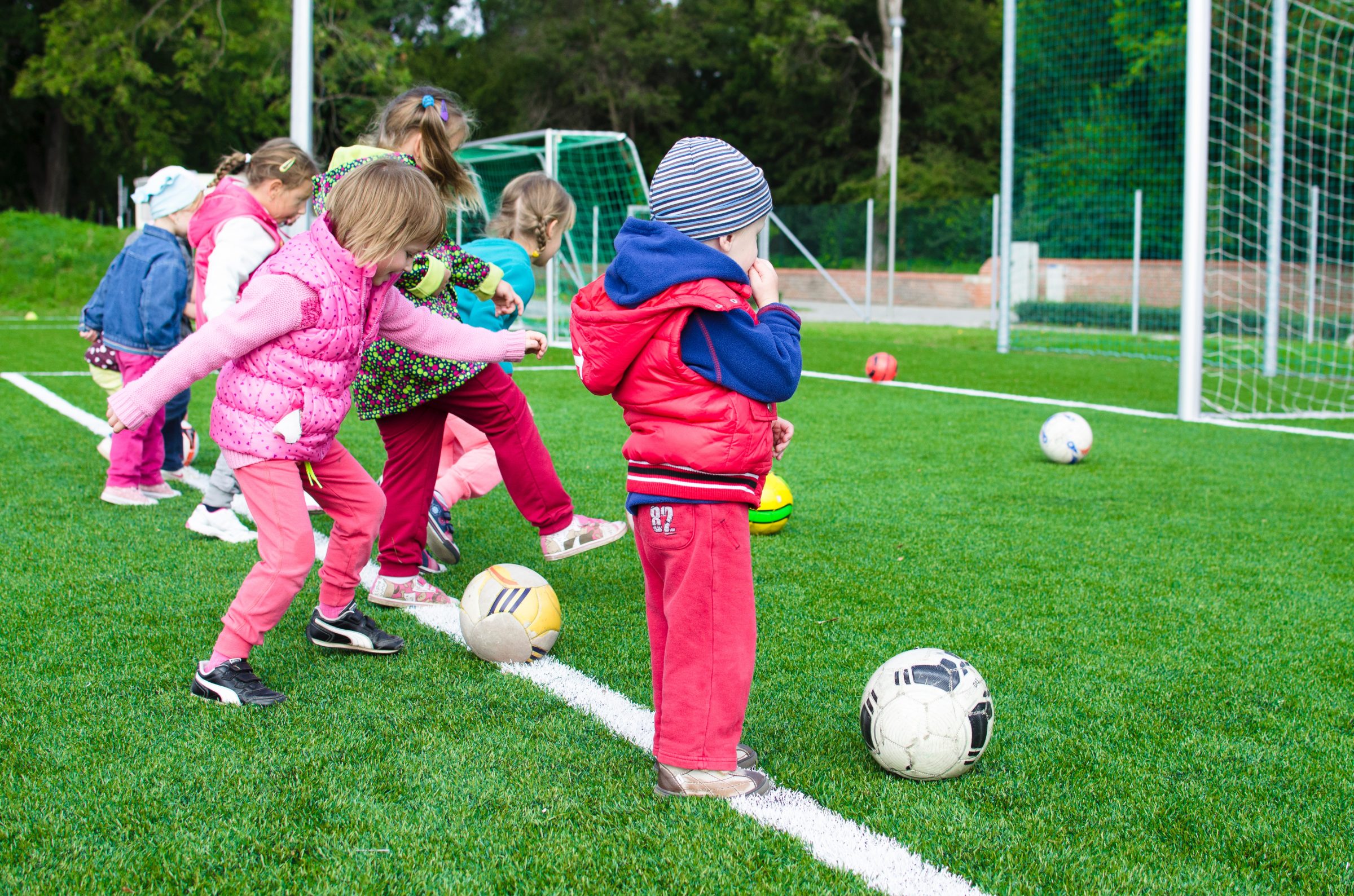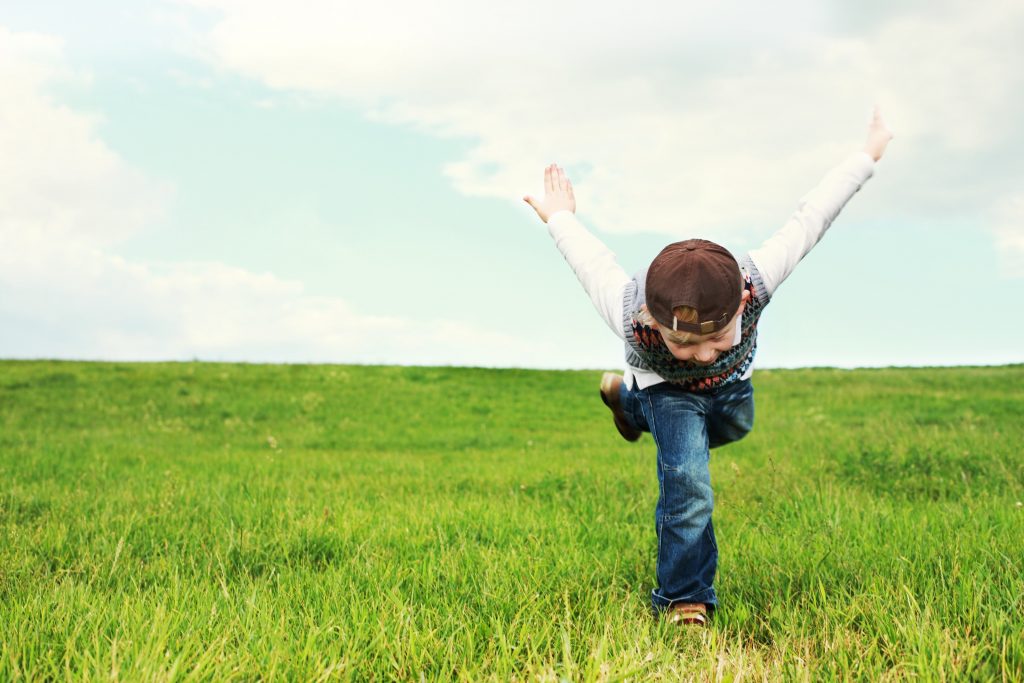Dyspraxia: a guide to visual skills
Although dyspraxia is understood to affect fine and gross coordination skills (small and large muscle movements), there is a strong relationship between these difficulties and visual skills. At Central Vision Opticians we have helped hundreds of children and adults with dyspraxia. We will assess you or your child’s symptoms to see if we can resolve difficulties with vision therapy.
What is dyspraxia?
Dyspraxia is a condition that affects both children and adults. It is also known as developmental coordination disorder since it interferes with the development of movement and coordination skills. In children it is usually diagnosed around the age of five or more - up until then children can vary in rates of development.
It affects both spatial vision and coordination: both visual perception of the world around you and your brain’s approach to coordinated movement. Spatial vision means knowing where objects are in our surroundings and the awareness of how they relate to our position. Coordination is the ability to control the best muscles in order to move efficiently through space and manipulate the objects around us.
What difficulties would a person have?
Any problems with these two skills, spatial vision and coordination, can cause a number of motor (movement) difficulties. This can affect activities of daily living as well as hobbies, sports and interests. However, there are a number of non-motor difficulties that people with dyspraxia may have including:
- Time management, planning and organisational difficulties
- Social and emotional difficulties
- Memory: difficulty remembering information at work and in leisure activities
- Processing difficulties affecting reading, spelling, speech and language

What are the causes of dyspraxia?
There is no known cause in the majority of cases. Carrying out coordinated movements involves a complicated neurological process. If a part of the brain used for these movements hasn’t developed properly during childhood, that person could have difficulties with movement and coordination.
It is unclear why coordination develops less well in some children, but some factors that may contribute include premature birth, genetic factors, or a low weight at birth.
What are the consequences of having dyspraxia?
Coordination difficulties can affect a variety of everyday activities, making everyday life harder. Children with dyspraxia may have difficulty with writing, drawing, and playground activities such as hopping, jumping, running or ball games. They may appear clumsy or awkward, although this is not necessarily a sign of dyspraxia; children tend to be more clumsy anyway.
These difficulties can continue into adulthood: an adult with dyspraxia may have difficulties typing or writing at work, learning new skills, driving and other daily skills such as dressing or preparing meals. Other consequences may be frustration and fatigue.
What does dyspraxia have to do with eyes and vision?
There are many ways dyspraxia can affect your vision and visual skills. Its not related to needing glasses, the visual acuity is often normal. Some of the possible difficulties are:
- Disrupted motor and sensory development: Physical movement in infants helps to drive the development of movement (motor) and sensory skills.
- Oculomotor function/Visual tracking: Eye movements may be less accurate which means small detail can be missed, such as missing some words when reading. Also, there can be difficulties playing some sport, especially those that require hand-eye coordination and good timing.
- Impaired visual-spatial awareness: being aware of the space around you includes an awareness of objects, how your body moves in the space around you and how you direct your body requires a “visual” map in the brain. People with dyspraxia often have inaccuracies in the way visual-spatial information is mapped and understood.
- Hand-eye coordination: difficulties with eye movements combined with difficulties in fine hand control can hinder hand-eye coordination and make some everyday tasks significantly harder. This could include poor handwriting or fastening buttons, awkwardness when using cutlery as well as learning new ball games such as tennis.
- Visual processing: Dyspraxia can sometimes make the visual and sensory information reaching the brain unstable or disrupted. This means that the brain sometimes has to ignore information resulting in things being missed without realising. Have you ever looked everywhere for a pen on your desk and you couldn’t see it? The moment you stop looking, it was there all along. This happens because the brain cannot process all of the visual information as you move your eyes to try and find the pen. The moment you stop moving your eyes, your vision can “see” again.
- Visual memory: The instability of eye and body movement can also place heavy demands on the brain when trying to remember information and tasks. People with dyspraxia can sometimes be forgetful, many use memory techniques to keep themselves on task.
- Spatial Organisation: difficulties in organising the position of the body can result in difficulties in organising tasks and actions
- Visually guided movements and motor pre-planning: our actions and movements are often guided by input from the visual system. The brain has a picture of the movement needed and the muscles that will be required to execute the action. Difficulties in fine motor/muscular skills can disrupt this system and can affect motor “pre-planning”. This can mean that movements are not planned accurately enough before they are made, resulting in poor coordination or clumsy movements.
- Timing and Rhythm: All of our movements including eye movements have natural timing and rhythm. This means we can start and finish the movement in a smooth and controlled manner. Dyspraxia and difficulties in motor coordination can disrupt the natural timing and rhythm. This can affect both the understanding correct of timing and making movements in the correct time. There may only be very slight difficulties but this could be enough bump into an object or lose balance when walking or miss seeing things when using the eyes.
What can you do to help your symptoms of dyspraxia?
Physical exercise and activity are one of the best things you can do. This makes joints and muscles stronger. Activities such as rock climbing, fencing and horse riding all improve sensory and joint control. This makes us more aware of the positions of our limbs and muscles and helps to enhance the accuracy of movements.
How can behavioural optometry and vision therapy help?
Behavioural optometry is focused around the way an individual uses their visual system and how this relates to the way they move their body. This can include eye movements as well as hand-eye coordination and visual-spatial awareness. Vision therapy is a structured programme of activities and exercises designed to develop physical and eye movement skills to naturally improve many of the difficulties in people with dyspraxia. We helped hundreds of children and adults with dyspraxia to read, learn, work, play sports and activities more effectively.

What is the cost to help improve visual skills affected by dyspraxia?
Please see the details of assessments here

